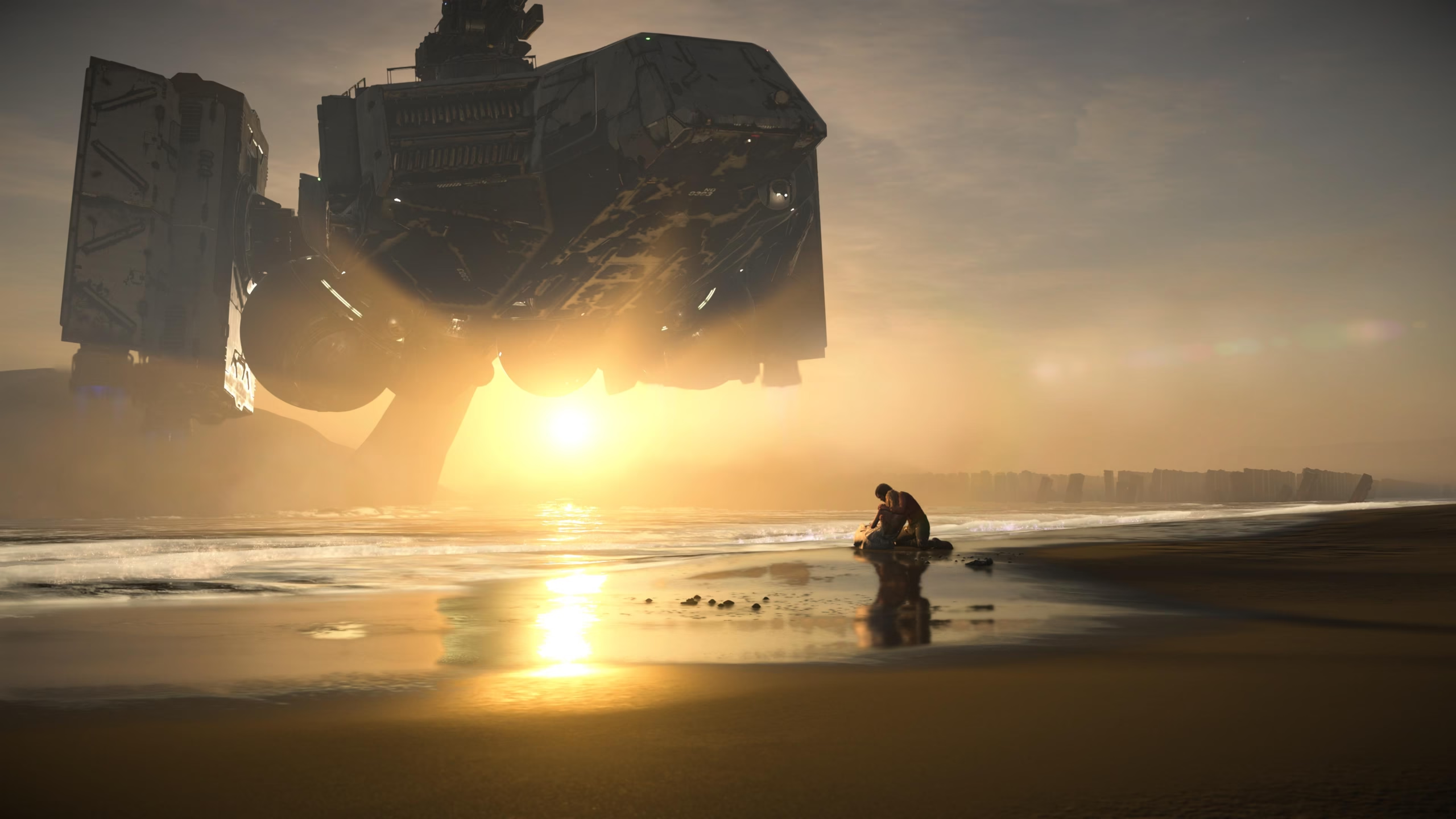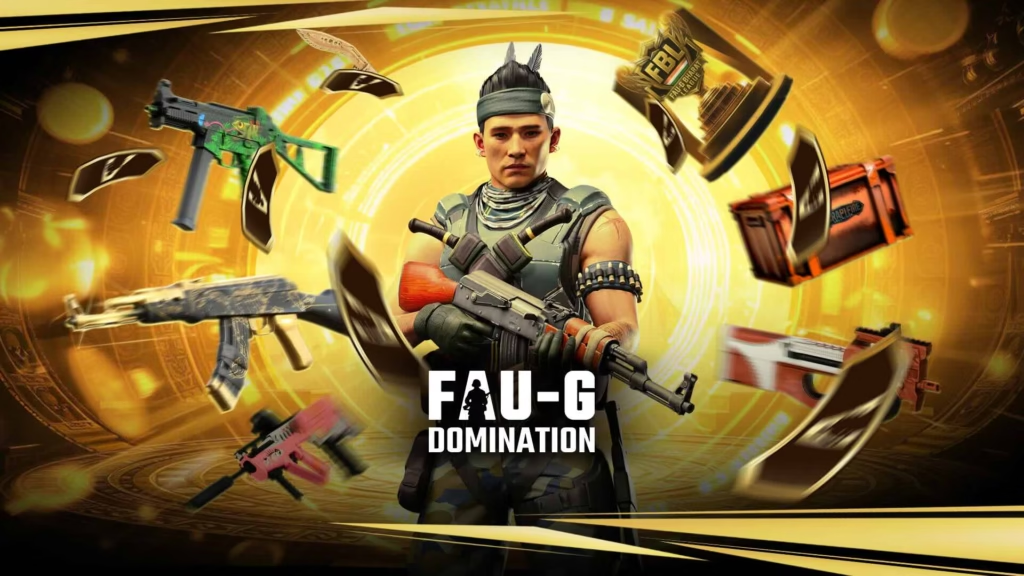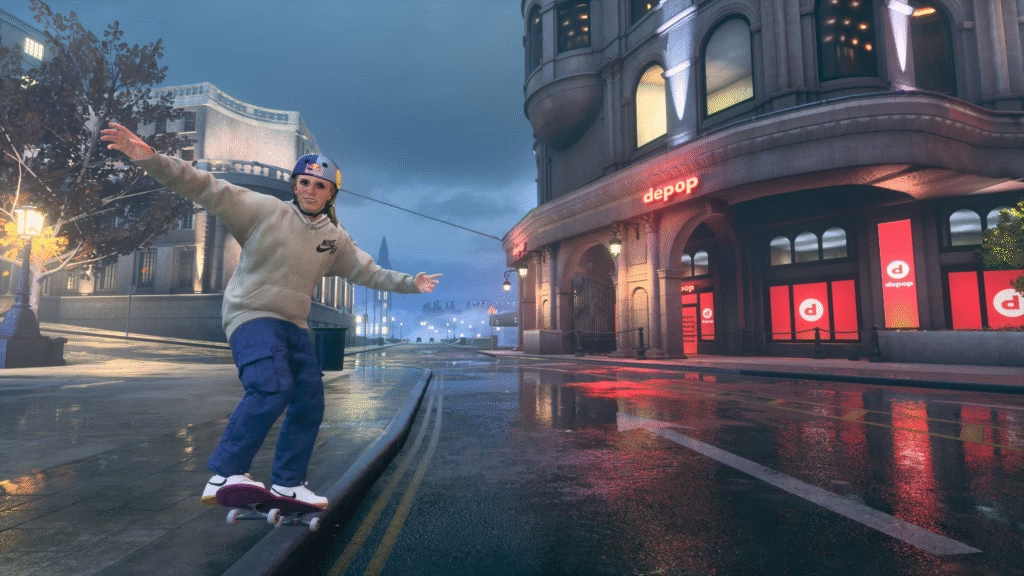“No! no!” protagonist Sam Porter Bridges and I cried out simultaneously mere moments after I chose, out of curiosity, to refuse the game’s opening mission for the second time. The game threatened to send Sam and me back to a quake-ridden ridge we’d only just finished crossing. And then came the swerve, where the game didn’t actually want me to do all that again. Eccentricities and fourth-wall breaks like this — and the game is flush with them — make it seem as though there is an omniscient narrator, this god-like presence who teases not just the characters, but the player as well.
And so began my Death Stranding 2: On the Beach journey.
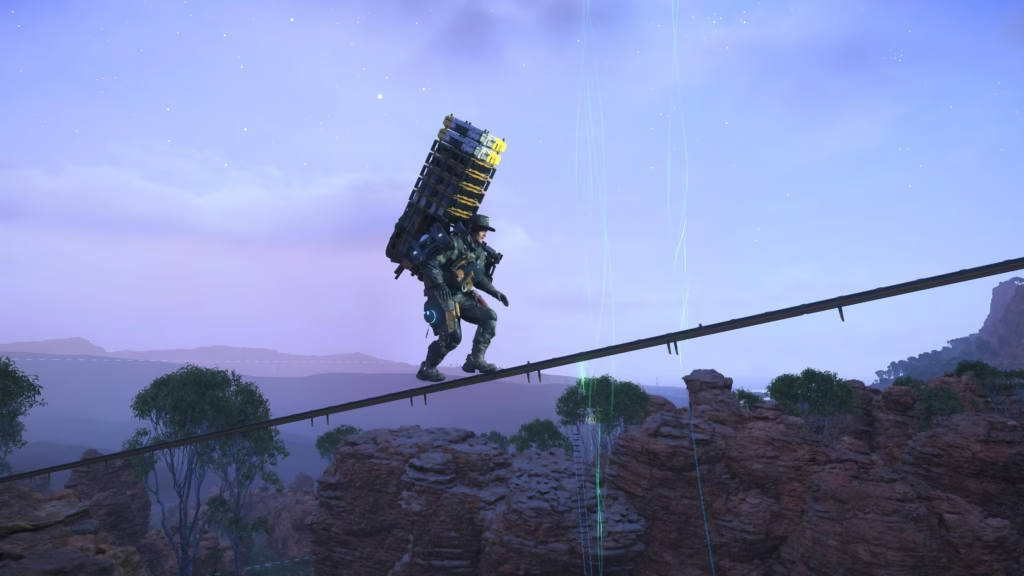
Music stranding
The cinematic opening of the game (one that I’ve re-watched on YouTube an inordinate number of times just for the satisfying chills) had landscapes worthy of a nature documentary. Set to the song Minus Sixty-One by Woodkid, the tone of the game was established at the very beginning: Haunting and heartbreaking. I knew what I was in for. A familiar anxiety came over me. A special Death Stranding concoction of excitement and nerves.
On the Beach begins with a glimpse of the life Sam has built with Lou (formerly BB) in Mexico, a life of anonymity far from the UCA (in-game USA). After the events of the first game, there would likely be an investigation up north into the missing baby. As it turns out, there’s a home with pictures on the wall, a carpet, baby chair, toys littered on the floor; it would’ve been nice to have stayed in that cosy segment of the game for a little while longer. Alas, the game pushed me over the edge very quickly. And for a second, I felt this natural reluctance. I guess I had to go out there, make some deliveries, didn’t I?
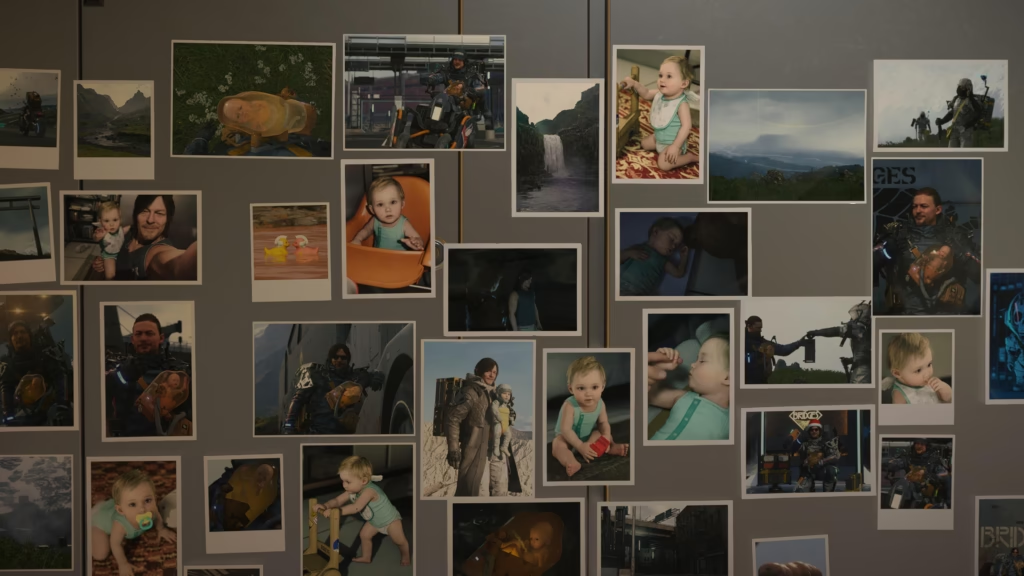
Mexico merely plays an introductory role in the game, its memory tarnished by what happens — Sam’s shelter is attacked by an invading cult led by, you guessed it, Higgs Monaghan from the first game. And Lou ends up becoming collateral damage. That’s just Chapter One incidentally. Before you know it, you find yourself in Australia, traumatised by the events in Mexico, unable to remember anything but the immense pain of having lost Lou forever. The grief made palpable by the devastating track Are You There? by Woodkid and you can’t help but wonder how it was possible to make the game darker than it already was. Fair warning: The song is a solid gut-punch, and it plays every time Sam goes into rest/sleep mode.
World stranding
The objective of the game takes on an expected trajectory: Connect all of Australia by bringing allies onto the chiral network. The traversal across continents happens through Plate Gates — portals that connect different parts of the world. This time, however, there’s an emotional reason as to why Sam is tied to the job, why he was the chosen porter to connect Australia. After all, he had a whole life going in Mexico, until…
Sam’s latest assignment was designed to keep him busy and working through his grief for Lou. So, I got busy, progressed through the main and sub-orders of the game and expressed myself aloud: “Shit! BTs!”, “Ooh! Ceramics!” and so on.
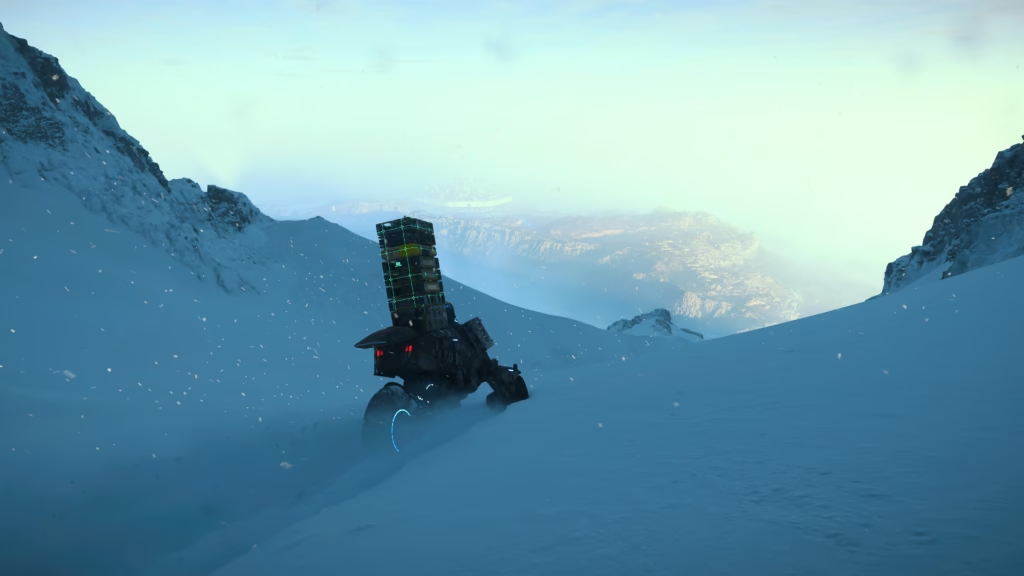
There were orders to deliver, main terminals to bring online to the network, preppers to connect and infrastructural projects to build — all of the stuff from Death Stranding but amplified, made bigger and better. The structures accessible to Sam this time included monorails that could be built using the usual materials (metals, ceramics, chiral crystals and such). My obsession with building roads returned in On the Beach and I thanked the Death Stranding gods for introducing mines across the map that could be activated to make gathering materials less… impossible.
In my experience, the quality of weapons usually improves as you level up in a videogame. In On the Beach, however, unlocking the arsenal isn’t based on the advancement of the game, but your connection with preppers. The variety of weapons reflect the increased level of action this time around. The camps are stronger, the cultists are more geared up and the boss fights are massive. Through it all, I stuck to my favourites — Rocket Boxes, BT hologrenades, the very handy shotgun and some others that will remain unnamed because the joy is in the acquisition of the weapons, and I wouldn’t want to spoil it for you.
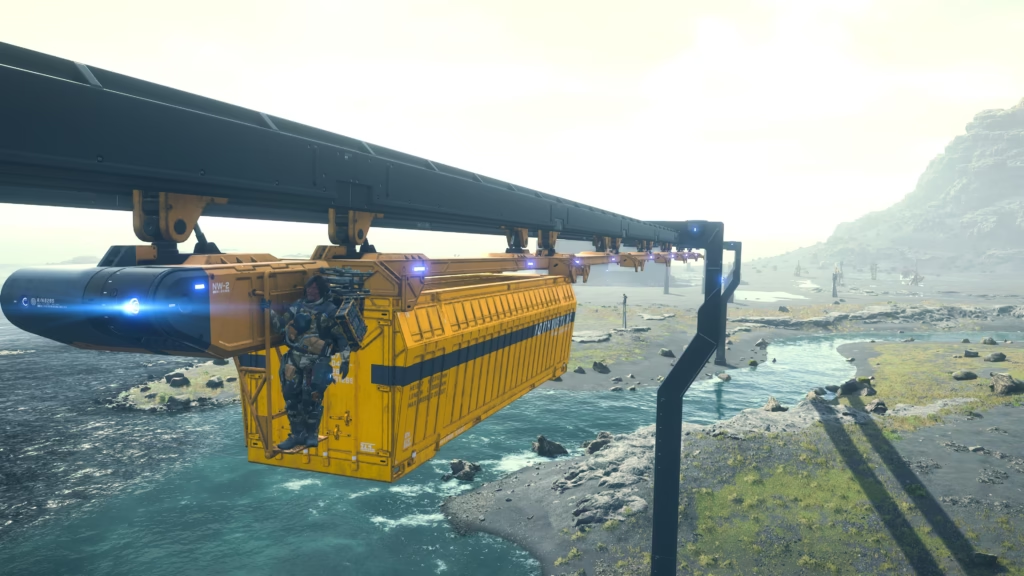
Overall, I felt that there were quite a few Quality-of-Life improvements in the sequel that made traversing the terrain easier. Sam is more agile and balanced. I don’t think I even fell over once in the game. I did trip over multiple times because of overconfidence though. Vehicles were easy to handle through rough, rocky terrains and then there were enhancements that provided a handful of necessary upgrades for Sam — including the ability to make the Odradek more effective, grenades to have a wider radius and tasks to earn him more likes.
Despite these improvements, the world remained unforgiving.
Lore stranding
The Death Stranding resulted in a world that was torn apart. The mythology was incomprehensible to me in the first game, and instead of engaging me, the exposition had an opposite and undesirable effect — it was hard to keep up with the underlying theories of the Death Stranding, Beached Things, BBs, tar soldiers, extinction entities etc. Having completed that game though, I can claim confidently that I understand around 60% of the supernatural and apocalyptic theories on which the universe is based. A lot of the same ideas became much clearer in the sequel because of the way they were woven into the storyline, one that is much stronger than the previous game’s. There was still a lot of exposition, but it never bothered me. I saw it as confident and audacious storytelling.
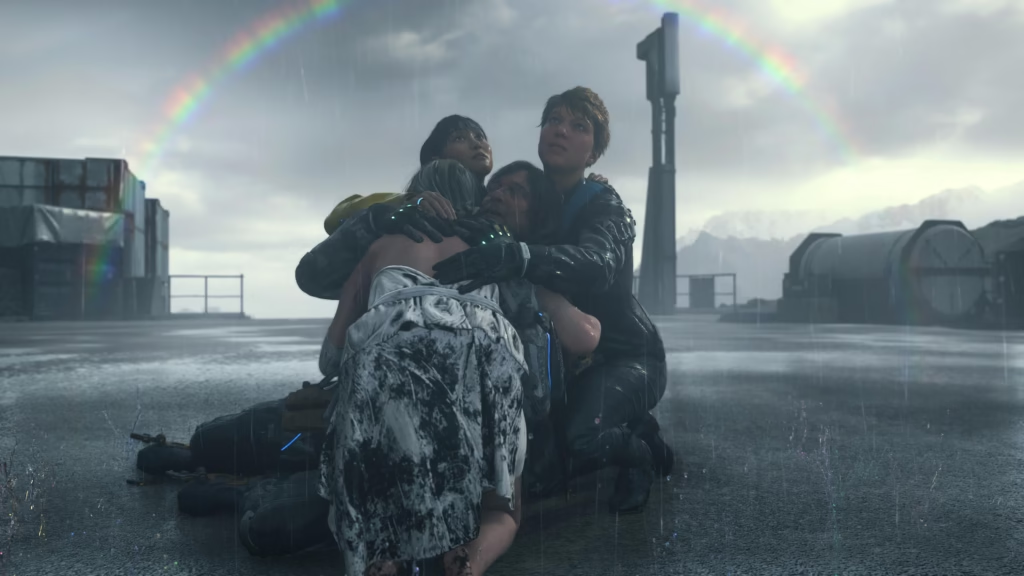
If the first game was about isolation, where the player is pushed into an eerily quiet world with only mechanical sounds breaking the silence, On the Beach is about grief. And in grief, you are never alone. And Sam wasn’t alone; he was a part of a team. This time around, our heroic porter had a high-tech ship (the DHV Magellan) to call home and use as for fast-travel. All of the personnel aboard the ship, this found family of Sam’s, was full of unique personalities, each of whom was dealing with their own form of grief. There was Fragile, Rainy and Tomorrow — a sisterhood — and then there were Tarman, Dollman and Heartman, old friends and new. All of whom were propelled by some fantastic voice-acting and mocap work.
The theme of grief and loss deepens as the story progresses, and by loss I don’t just mean that of a loved one, but of oneself or a part of oneself. Tarman navigates the ship through a connection with his phantom limb, and Dollman, while bringing much needed levity, is full of deep sadness having lost his true physical form. Even the loss of a living world was integrated into the plot with the addition of an animal shelter. I got to save kangaroos, emus, wombats and koalas by delivering them to the shelter — something I quite enjoyed.
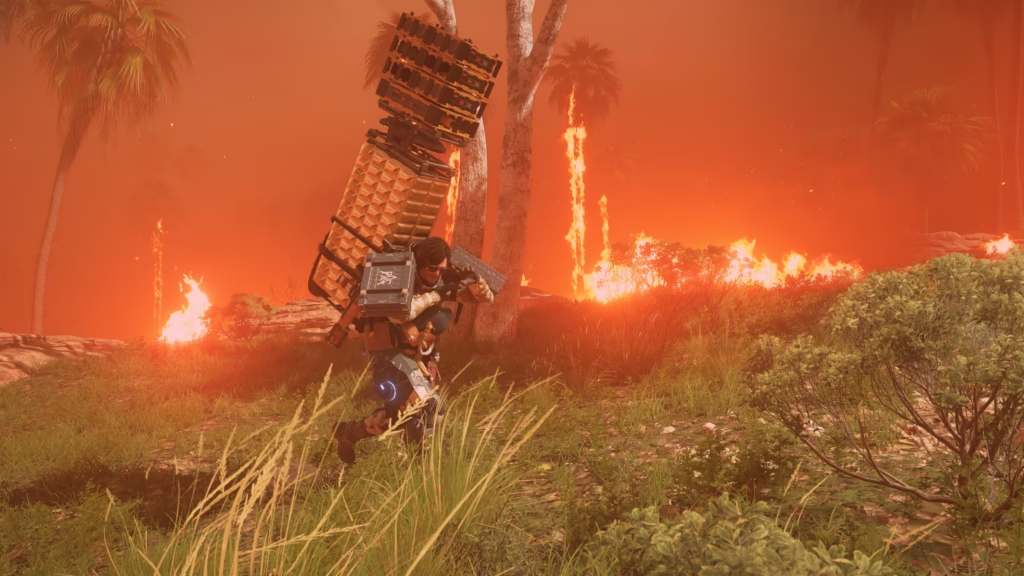
And then there was Sam. Humble, unassuming, reliable Sam. The protagonist of the Death Stranding series. The delivery man was the perfect foil for this inscrutable world. I have never felt this close to a character — and that connection only strengthened in the sequel. He and I were bound from the start of the game when our voices synced.
Neither of us wanted to leave the room and head out on a mission, there was a shared annoyance at having to do it all over again. We established a bathing routing after missions, a face care routine before missions. We both loved the ‘Why me?’ cap; it suited standard orders and deliveries. And when we had to go to the bridge of the ship to talk to others, we thought it would be cute to don heart-shaped sunglasses. And we both felt like such suckers every time we were called upon for our services.
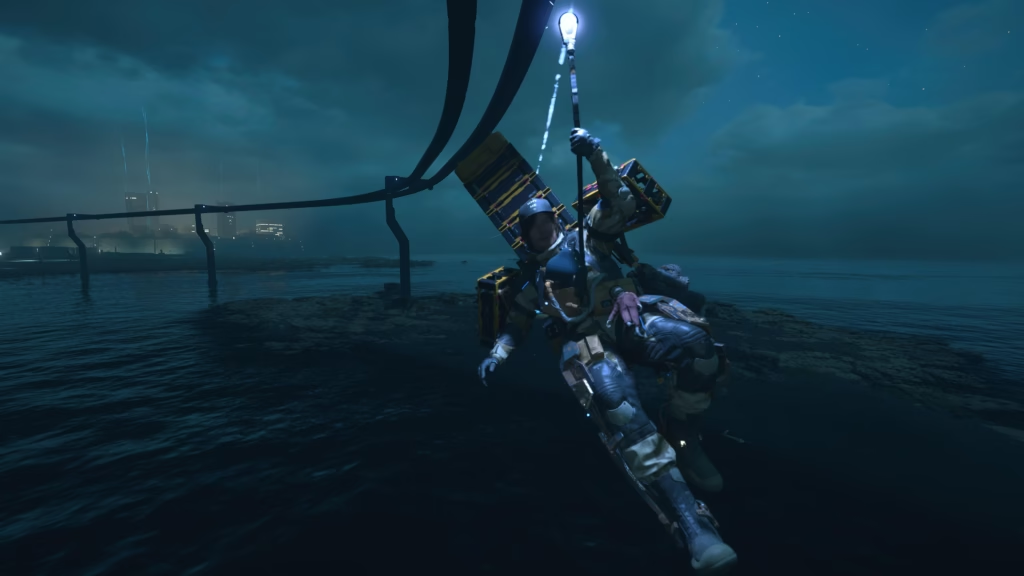
Mood stranding
The music player feature in the game was another way Sam and I were bound closer together. Some of my favourite times in the game were when I was cruising long stretches of broken highways with Pop Virus by Gen Hoshino cranked all the way up, the sun setting, and being able to relish the space and time away from the main missions — something I always found ways to postpone. This may be some residual trauma from the previous game, but there was no knowing what the game had in store for Sam and me, and that thought scared us, a lot.
Through it all, the omniscient one ensured that the manner of the game remained gentle. There were constant reminders to rest after a big mission or a boss fight. The experience was littered with feel-good pauses such as warm baths and stargazing.
Every bit of what I loved about the first game, I loved even more in the sequel. The game is designed to be weirdly meditative, an inner experience. I have a tendency to get deep about this game which some might find unnecessary; it’s just a videogame after all. But the game is far too complex to be pigeonholed as just one thing. An open-world game, a movie, a music album — the game has the combined strength of all three forms of storytelling. But, the game ultimately has a very simple and grounded message to deliver, and I think it’s captured in something Fragile tells Sam, “Death can’t tear us apart, we will always be connected.” And almost underlining this sentiment are the chiral hands that emerge from the ground after the death of a BT. They rise out of the earth in a manner that makes them seem somehow tied to the afterlife.
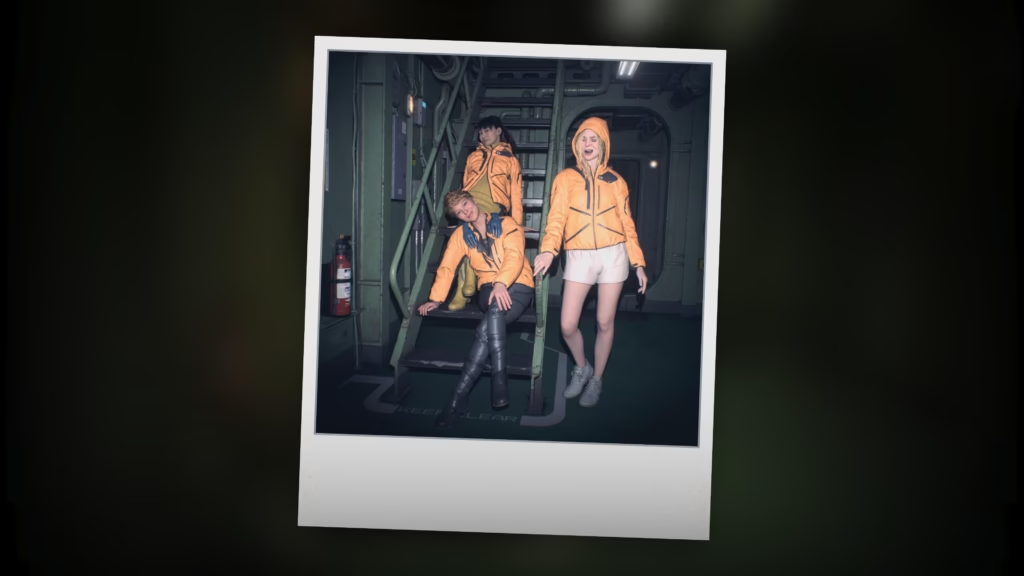
It’s hard to not wonder about developer and brains behind Death Stranding Hideo Kojima’s many inspirations: The bokka porters of Japan are an example of the alchemy that takes place when imagination is inspired by reality. The frequent climate events such as river floods, dust storms, bush fires and earthquakes are a reminder of a warming world. The storytelling form of dance was used not only through an actual dance number, but in the choreography of the fight sequences. And then of course there was the ancient pizza karate unlocked after Sam makes a delivery to a local pizza chef, who is based on filmmaker Mamoru Oshii and his various quirks.
Final stranding
It took me a total of 72 hours to finish On the Beach and I have a feeling that I will be returning to it very soon. Perhaps at that time, I’ll find some negatives to point out and discuss, but for now, not a single one comes to mind.
Right now though, I want to finish the work I started on monorails; I want to coast through the roads slick with chiral rain listening to Gen Hoshino on the in-game music player; I want to rescue more animals and deliver life-saving medicine. I might have finished the story, but I’m in no way done with the game.
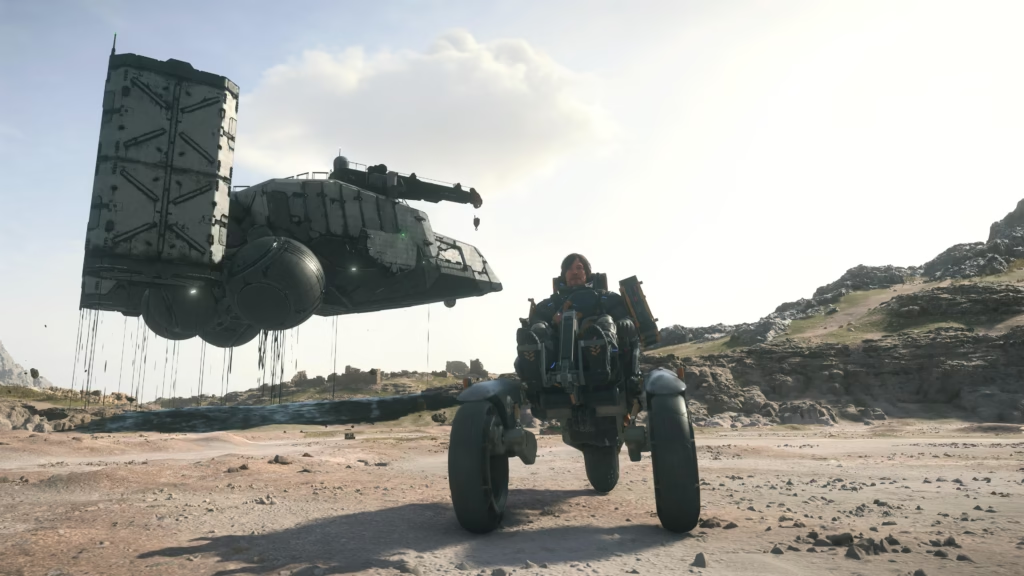
Game reviewed on PlayStation 5. Review code provided by publisher
